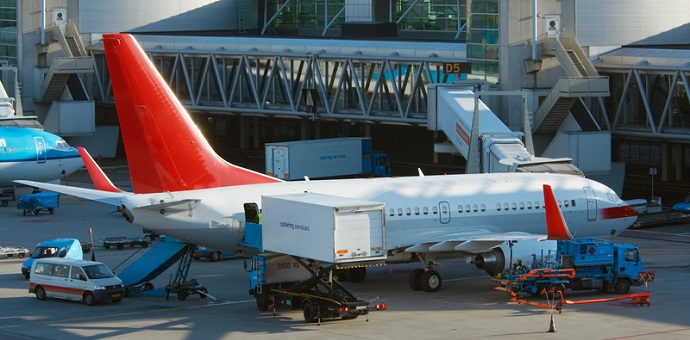Sofema Aviation Services www.sassofia.com looks at the basic requirements related to an effective EASA Compliant Aviation Stores
Regulatory Drivers
Storage, Tagging and Release of Aircraft Components and Materials to Aircraft Maintenance
[Part 145.A.25 (d), AMC 145.A.25 (d) 1, 2, 3 – Part 145.A.40 (a) – AMC 145.A.42 (b) – Part 145.A.70 (a) 12]
Concerning Storage
Stores shall provide the necessary capacity to stock aircraft components, consumable and raw material in the manner recommended by manufacturer’s instructions and in accordance with the relevant regulations and safety precautions.
All aircraft materials and components requiring storage shall be located in designated storage areas and provided with appropriate racking and environmental conditions (temperature, humidity, ventilation, and lighting) in accordance with manufacturer’s instructions.
The temperature and humidity shall be measured and recorded daily.
Safety measures such as restricted access, fire warning and protection, isolation from adverse weather conditions are maintained for all storage areas.
All components and materials that intend to be used on the aircraft shall be segregated from commercial goods.
There will be the following delimited storage and inspection areas:
a) Storage area for incoming parts – before being inspected;
b) The area dedicated for receiving inspection of the incoming goods;
c) Incoming Quarantine area for incoming goods that have been rejected by the receiving inspection and must be stored until their final status is decided;
d) The main store, where materials are stocked after passing the receiving inspection.
e) All flammable materials shall be kept in separate storage, isolated from the other non-flammable materials. Safety precautions shall be taken, such as fire protection and precautions against leakage. Open flammable containers shall not be permitted.
f) Unserviceable area, where defective components found during the maintenance process are stored until they are returned to customer/ operator or sent for repair.
g) Quarantine areas, one for flammable materials and one for component and non-flammable materials, where goods with shelf life expired shall be kept until their disposal.
h) Unsalvageable components area where unsalvageable components shall be stored until they are defaced/ destroyed and disposed of.
i) Each area shall maintain an updated record system in a manner to permit at any moment to identify the goods in the respective area.
j) The access in the main stores is restricted to the Stores employees and responsible engineer on duty on each station.
k) The quarantine and unsalvageable components areas shall have a very restricted access.
l) Only the Logistics Manager, store employees and engineer on duty on the particular station shall have access in these areas.
m) Sensitive parts and equipment, such as oxygen system components (oxygen generators and bottles), O-rings and electrostatic sensitive devices are properly packaged, identified and stored to protect them from damage and contamination.
n) Pressure containers and materials such as grease, oils and other fluids and chemicals or hazardous materials shall be kept in clearly marked/labelled containers showing for each one the actual type/specification and expiry date if applicable, in separate rooms which ensure the safety and environmental conditions prescribed by the manufacturer’s instructions.
o) Aircraft tyres shall be stored in a vertical position.
p) The ESD must be kept in their original conductive packing and are not to be stored on shelving covered with carpet, foam, vinyl or any other material that can store or produce an electric charge. The areas where ESD are handled and stored must be accordingly marked.
q) The ESD shall only be handled using approved handling equipment (grounding) wrist straps and conductive desk mats. The wrist straps and earthling mats shall be tested to ensure conductivity, at regular intervals or prior to use.
Are you looking for an Open Training or Training in your Company?
Sofema Aviation Services www.sassofia.com and our sister company SofemaOnline www.sofemaonline.com provide classroom and online training for regulatory and vocational training fully compliant with EASA requirements. Please email office@sassofia.com or online@sassofia.com for requests.




